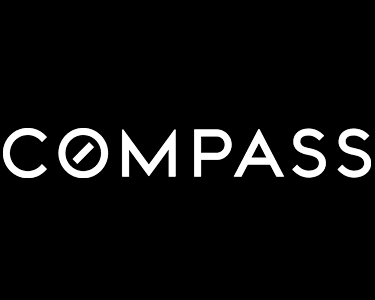

It's common for first-time homebuyers to assume that all the rules they see in popular media apply when purchasing a home in New York City. Unfortunately, that's not the case. Based on the ownership structure and building type, you can have wildly different buying requirements. It can be challenging to navigate with every building having different guidelines.
There are three types of homes in New York City: co-ops, condos, and single-family homes. Each property type has different requirements about how much of the purchase you can finance.
This quick guide will give a brief overview of how much money you'll need to buy in New York City.
Here's the TL:DR:
Co-op:
Co-ops are the most common type of apartment in New York City, and they are also the least flexible as far as financing. The upside to co-op inventory is that it's typically much cheaper than a comparable condo. Much of the older apartments are co-ops, and this ownership structure has been around for centuries.
In co-op buildings, you own a portion of a company that owns the entire building. You DO NOT own your apartment directly, but you sublease the apartment from the co-op itself. It can be a bit confusing. Because you will own a company with your neighbors, the cooperative wants to ensure that every owner can pay their fair share.
To mitigate their risk, many coops require a 20% downpayment. The downside? There aren't any exceptions to this rule that I've ever seen. The upside? The buyer pool becomes limited when you need to save 20% to purchase. Not only that, but co-ops also require 12-24 months of liquid assets at the time of closing. This increases the cash needed to purchase.
Condo:
Similar to houses will allow 80% financing can purchase condos with less than a 20% downpayment. Typically, condo buyers will finance 90% of the purchase price. The ownership structure of a condo is the same as owning a home. You own what's inside your apartment walls and a portion of the public spaces.
The closing costs for condos are considerably higher because of the requirement to pay for title insurance and mortgage recording taxes.
Single-Family Houses:
Houses have the most flexible financing structure and are what you'd find in the other 49 states. Buyers can finance nearly 96.5% of the purchase price with a 3.5% downpayment. Typically, the down payments on single-family homes are 10% of the purchase price.
Unfortunately, this is the least common transaction because there are so few stand-alone homes available. Because privacy is valued at such a premium, these homes go for huge sums of money, and they have a small buyer pool.
That's it for now. If you have any questions, you can email me at [email protected].